Harley-Davidson Knucklehead (1936-1947)
Article by Vintage Vinny
In 1936, Harley-Davidson introduced their first overhead-valve Big-Twin motorcycle, the 61 cubic-inch EL model. The new bike was originally known as the "61 Overhead". The nickname "Knucklehead" wouldn't come about until years later.
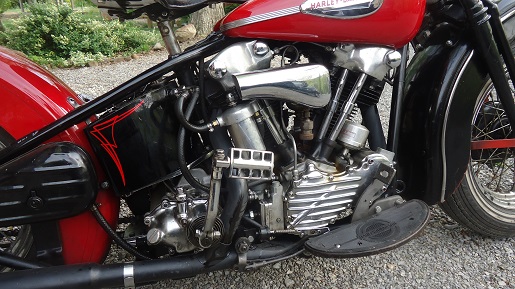
With increased horsepower and modern styling, the EL was a commercial success, and is often cited as pulling the Motor Company through the hard economic times of the 1930s.
Knucklehead History
The Knucklehead was not the Motor Company's first overhead-valve engine. Prior to 1936, they produced overhead-valve singles, but the EL represented the first OHV V-Twin. One camshaft with four lobes was utilized.
The new valve-train design allowed air/fuel mixture to flow more directly into the combustion chamber, making more power than Harley's Big-Twin flatheads.
With a 3.31" bore and 3.5" stroke, 61 cubic-inches was achieved.
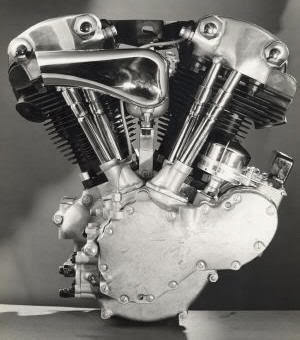
The Knucklehead nickname came about from the rocker shaft nuts on the rocker boxes.
The engine also featured a more modern recirculating oil system. With a new two-stage oil pump, Harley engineers could now build engines with higher compression. The result was 40 horsepower at 4,800 rpm.
Although it was scheduled to appear in 1935, problems with oil leakage, as well as lingering effects of America's Great Depression, slowed its arrival.
The "Sixty-One" EL was the first Harley to have a 4-speed transmission. All year Knuckleheads were hand-shift/foot-clutch.
Read: Harley 4-Speed Transmission Differences
********************
Twin Down-Tube Frame
The Knuck engine sat in a new, twin down-tube frame.
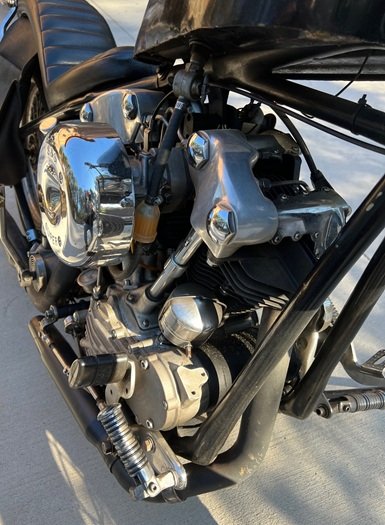
Suspension was leading-link (springer) forks up front with rigid rear axle. Wheelbase measured 59.5 inches.
The instrument panel was mounted on the gas tank.
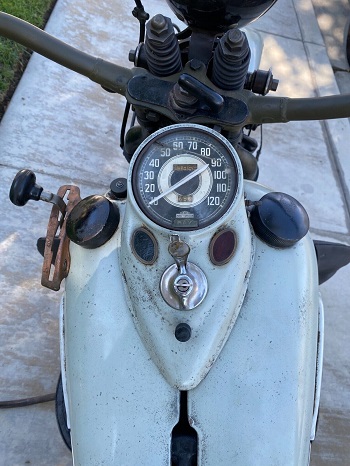
The EL was the first Harley to have a speedometer as standard equipment.
From 1939 to 1946, a "beehive" taillight was fitted to the rear fender. The "tombstone" taillight was first seen in 1947, and continued in use Panheads until 1954.
Evolution of the Knucklehead
First-year models experienced teething problems, including oil leakage and hard-starting. These issues were addressed by the following year. Second-year Knucks also saw a redesigned frame.
********************
Land Speed Record
In 1937, racer Joe Petrali set a new top-speed world record of 136.183 mph at Daytona Beach. His motorcycle was a modified Knucklehead-powered streamliner. The previous record was held by Indian, Harley-Davidson's major rival.
********************
Valvetrain Upgrade
In early engines, the valve stems, valve springs, and rocker arms were exposed to aid cooling. This proved to be noisy and prone to damage from airborne dirt. From 1938 on, the valve train was enclosed.
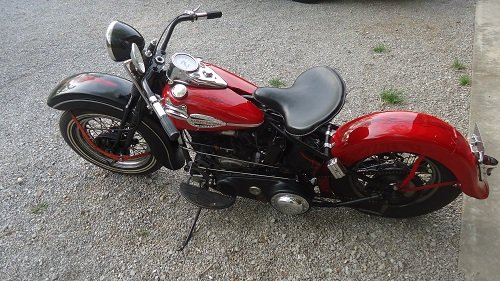
The year 1939 brought stiffer valve springs and a smoother clutch, along with splined pinion and oil-pump drive gears for added strength. Placing neutral in between 2nd and 3rd gear was an unpopular design that lasted only one year.
EL vs FL
From 1936 through 1940, all Knucks were 61 cubic-inches. With consumers requesting more power, a 74 cubic-inch version (the FL) was offered in 1941. This was derived from a 3.43 x 3.5-inch bore and stroke, equaling 73.73 cubic-inches (advertised as 74 cubic-inches). Both size engines were offered from 1941 to 1947.
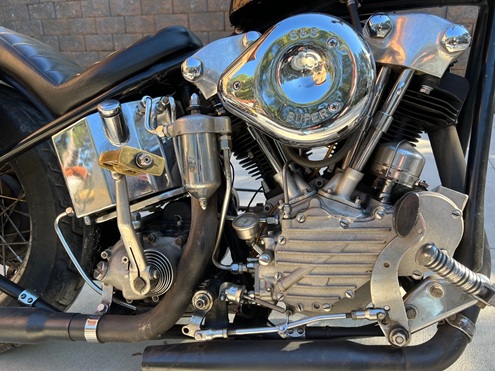
Custom Knucklehead with aftermarket S&S carburetor and forward controls.
Knucklehead VIN
All EL and FL models have the VIN located on left engine case. No frame number was used. The first two numbers are the year, and letters are the model designation. The last numbers are the production number.
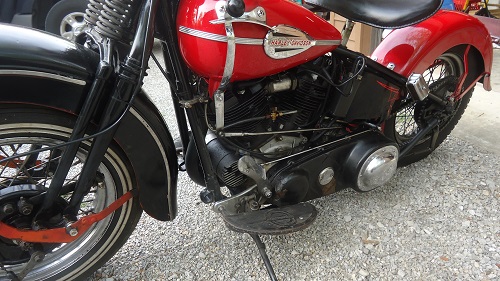
The Knucklehead was produced from 1936 through 1947. It was replaced by the Panhead in 1948.
********************
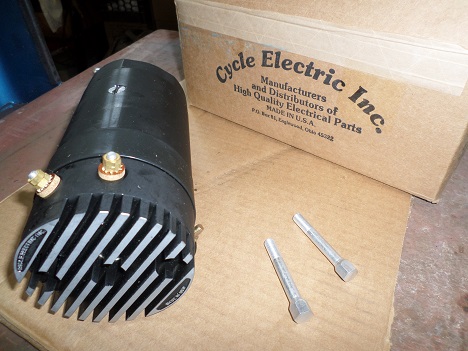
Related Article: Harley Generator - Repair or Replace?
********************
To many, the Harley Knucklehead represents thirties and forties Americana, a time before motorcycling was frowned upon by the general public. The Art Deco styles that were prevalent in the day are clearly seen in the Knuck's lines and vivid colors.
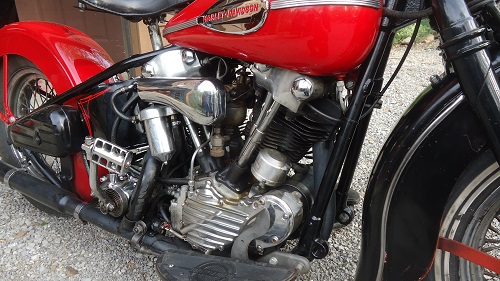
Although 78 years out of production, the Harley Knucklehead is still highly sought after, with plenty of aftermarket support and replacement parts still available.
********************
Modern Knucklehead Engines
Several aftermarket companies, including S&S Cycle, offer updated Knucklehead-style V-Twin engines.
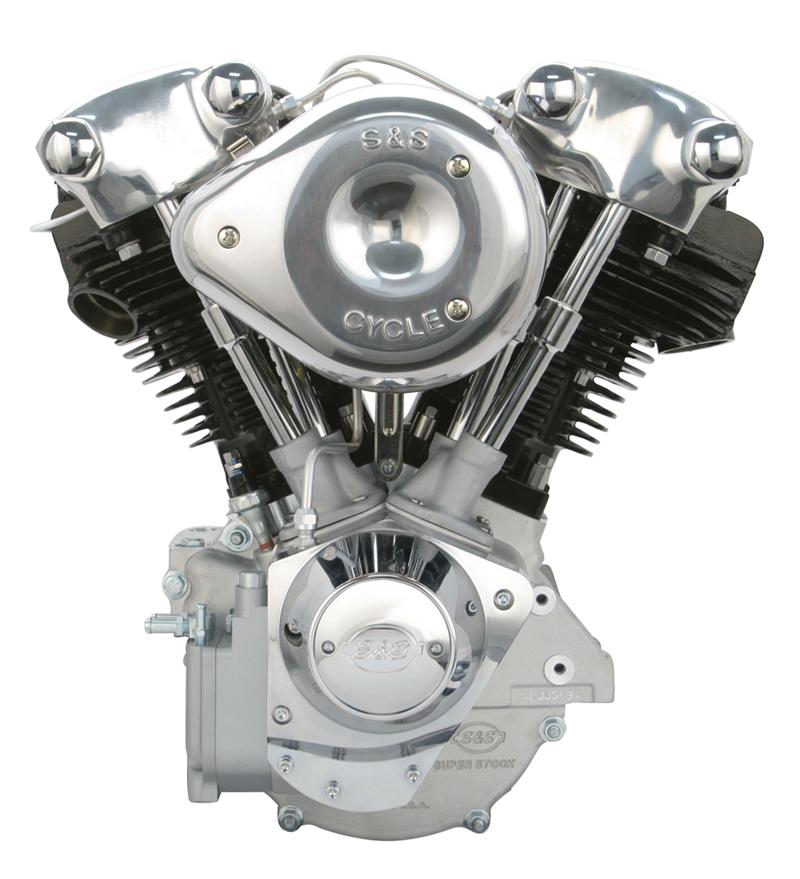
Also available are Brand New Cases from California Motorcycles.

********************
Related Articles: